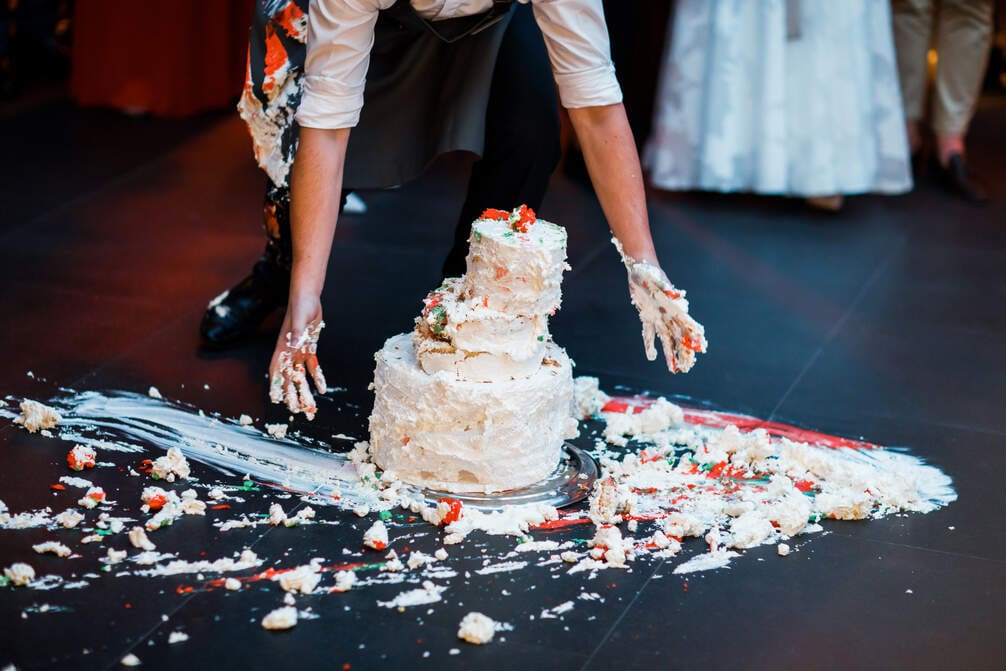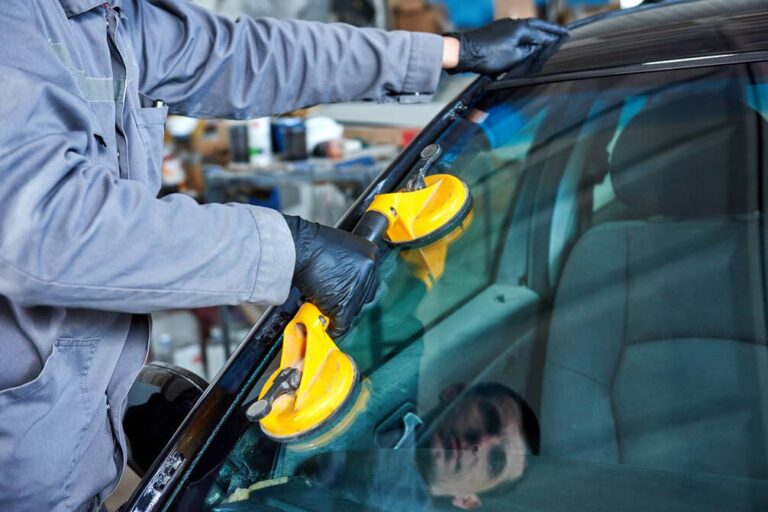Did you know that over 60% of Americans still tip even when they receive bad service? This statistic highlights a common dilemma you might face when dining out. You’re left wondering whether it’s fair to tip less for a service that didn’t meet your expectations. While the impulse might be to withhold a tip altogether, it’s crucial to consider the broader impact of such a decision on the server’s income.
Calculator for Tipping for Bad Service
The general rule to tip for Bad Service is 5-10% of the total bill. However, a higher tip is recommended during the holidays or special occasions.
Key Takeaways
- A tip of 5-10% is acceptable for service that didn’t meet expectations.
- For exceptionally poor service, a small tip of 5-8% provides direct feedback.
- Adjusting the tip amount for subpar service subtly indicates dissatisfaction.
- Leaving a smaller tip rather than none acknowledges the server’s effort.
Is Tipping for Bad Service Expected?
You might wonder if you’re expected to tip even when the service falls short. The debate over tipping for bad service is a heated one. Some argue it’s not obligatory to leave a tip if you’re dissatisfied with the service you’ve received. However, etiquette experts lean towards the idea of leaving a smaller tip instead of none at all. This approach acknowledges the server’s effort, albeit minimal, and signals your dissatisfaction in a constructive manner.
Opting to speak with restaurant management about your experience is another route some diners take, bypassing the adjustment of the tip altogether. This can address the root of the problem without penalizing the server directly, especially under circumstances where the poor service wasn’t entirely their fault.
Although it’s not mandatory to tip for bad service, considering the circumstances before making a decision is crucial. Leaving a minimal tip, as opposed to none, communicates your acknowledgment of their work while also signaling that the service didn’t meet your expectations. This nuanced approach allows you to express your dissatisfaction while still adhering to social norms around tipping.
How Much to Tip for Bad Service?
Determining how much to tip for bad service often leaves diners in a quandary, but guidelines suggest a range of 5-10% can still convey your acknowledgment of the server’s efforts. If you’re faced with subpar service, adjusting your tip amount is a widely accepted way to communicate your dissatisfaction. Typically, for service that didn’t meet expectations but wasn’t entirely dismal, leaving a 5-10% tip can subtly indicate that the experience wasn’t up to par.
For instances of exceptionally poor service, you might consider a small tip in the range of 5-8%. This reduced amount serves as more direct feedback, signaling that the service quality significantly detracted from your dining experience. However, it’s important to match the tip amount with the severity of the service issues. Minor inconveniences mightn’t warrant a drastic reduction, whereas significant neglect or rudeness could justify a smaller tip.
Before you decide on adjusting the tip amount, it’s beneficial to communicate your concerns with management. This step ensures that your feedback is heard and can contribute to improving service for future customers. Remember, tipping, even for subpar service, is a nuanced way of communicating your level of satisfaction or dissatisfaction with your dining experience.
How Much to Tip for Bad Service During the Holidays?
Navigating tipping for bad service during the holiday season requires a blend of generosity and fairness, with a range of 5-10% considered reasonable. The festive atmosphere and spirit of giving inherent to this time of year suggest a slightly more generous tip, even when the service quality doesn’t meet your expectations. It’s a time when stress levels are high for everyone, including those in the service industry, and a modest tip adjustment reflects both understanding and dissatisfaction without compromising your standards.
When you encounter bad service during the holidays, adjusting your tip to fall within the 5-10% range can still convey your dissatisfaction while acknowledging the unique pressures of the season. It’s a way to balance fair compensation for the service received with a nod to the holiday spirit. Remember, tipping lower for poor service can send a clear message, yet doing so within the context of holiday generosity and the festive atmosphere strikes a balance between fairness and kindness.
Ultimately, your decision to adjust your tip for bad service during the holiday season should reflect a thoughtful consideration of both the service quality and the season’s spirit of generosity.
Additional Factors to Consider
When you’re deciding how much to tip for bad service, it’s crucial to assess the service quality and understand the guidelines for tip percentages. You should also consider the impact of under-tipping and the importance of communicating with the staff about your experience. Revisiting your standards for tipping can help ensure your actions reflect your service expectations accurately.
Assessing Service Quality
In assessing service quality, it’s crucial to consider not only the server’s attitude and efficiency but also external factors like kitchen errors or understaffing that may impact your experience. When you’re dining out, you’re not just looking at how promptly your order arrives, but also how the server handles any issues that arise.
If there’s a delay due to the kitchen, does your server communicate this effectively? Their response to complaints, overall demeanor, and effort to ensure your satisfaction play a big role in the quality of service. Additionally, the cleanliness of the dining area and the care taken in setting up your table reflect the establishment’s attention to detail.
All these factors combined give you a comprehensive view of service quality.
Tip Percentage Guidelines
After assessing service quality, it’s essential to consider how much to tip, especially if the service was less than stellar. When dining out, encountering bad service can leave you puzzled about the appropriate tip percentage.
For bad service at a restaurant, tipping between 5-10% is a balanced approach. It acknowledges the servers’ effort and role in your dining experience while reflecting your dissatisfaction. A 10% tip, though reduced, still offers some compensation, considering the servers’ base wage. This adjusted tip serves as feedback, sending a message about the quality of service received.
Tipping 5-10% for bad service strikes a balance between showing appreciation and providing constructive feedback, ensuring that your response to the service is both fair and thoughtful.
Impact of Under-Tipping
While it’s tempting to significantly reduce your tip for poor service, it’s crucial to consider how under-tipping can deeply affect a server’s income. Servers rely heavily on tips to make a living, and when you leave a small tip, it doesn’t just impact them but also the support staff they share their earnings with.
Even if the service wasn’t up to par, a modest tip acknowledges their effort and helps avoid financial strain, especially since servers often pay a portion of their sales to their team. Under-tipping can lead to dissatisfaction, affecting servers’ motivation and performance.
Before deciding on a small tip due to bad service, remember the broader implications of under-tipping on servers’ livelihoods and their ability to support their team.
Communicating With Staff
When you encounter bad service, it’s essential to communicate your concerns to the staff, as this can lead to positive changes and improve future dining experiences. Addressing service issues through constructive feedback is more effective than simply withholding a tip. It helps staff understand areas for enhancement, fostering a more collaborative environment.
Engaging in respectful dialogue about your experience not only contributes to a potential positive outcome but also supports better service standards overall. Moreover, clear communication with management regarding service shortcomings can significantly impact the quality of your dining experience and that of future patrons.
Revisiting Tipping Standards
Having discussed the importance of feedback for poor service, it’s crucial to consider how external factors might influence your decision on tipping.
When you’re receiving poor service, it’s essential to assess whether it’s within the server’s control. Kitchen delays or understaffing can significantly impact the level of service, and these aren’t always visible. If your server is having a bad day or there’s a busy night, remember, everyone can struggle.
As a former server, you might understand the importance of tipping habits. Even when service isn’t up to par, leaving a small tip shows empathy towards the kitchen staff and servers. It’s a way to acknowledge their effort, even when outcomes aren’t ideal.
Always consider tipping at a restaurant as a gesture of understanding, not just for service received.
Frequently Asked Questions
What Should I Tip for Poor Service?
For poor service, you should consider tipping between 5-10%. It shows you’re dissatisfied but still appreciate their effort. If it’s really bad, dropping to 1-5% is okay to signal your significant disappointment.
Is a 10% Tip Rude?
Giving a 10% tip isn’t rude; it’s like whispering a gentle critique among shouts of praise. It’s your way of saying there’s room for improvement without leaving the conversation on a sour note.
How Much Do You Tip a Rude Waitress?
Walking into a storm of rudeness, you might tip a rude waitress 1-5% as a way to show your dissatisfaction. It’s like saying “I noticed” without leaving them high and dry. Remember, feedback’s also key.









